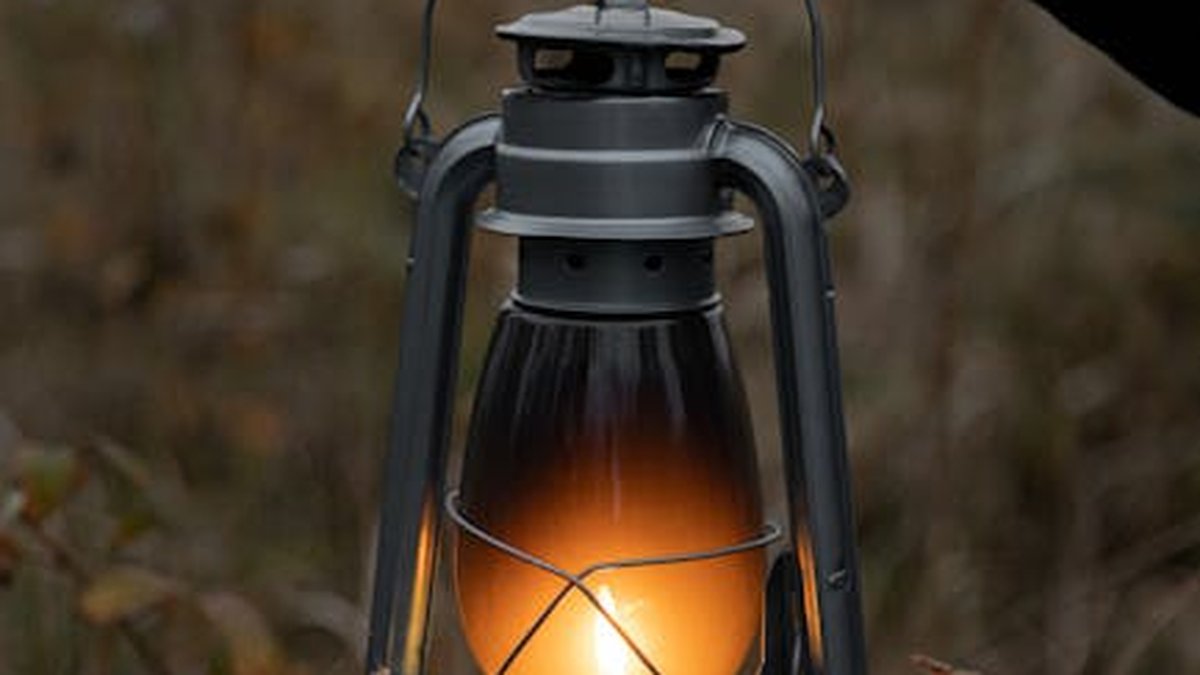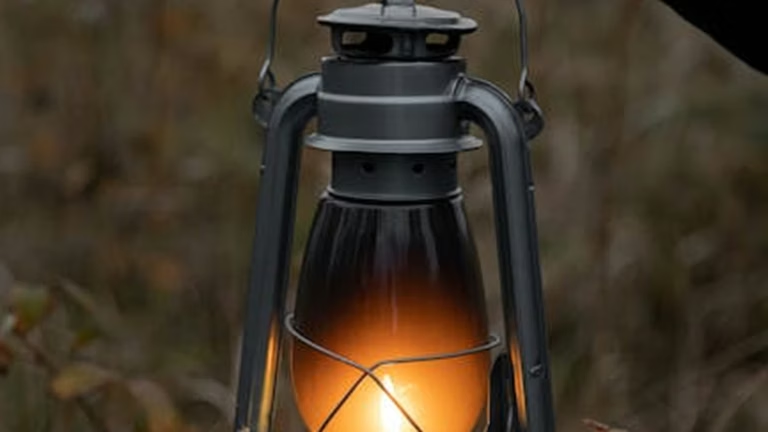Combatting Seasonal Affective Disorder (SAD): Light Therapy & Mood-Boosting Strategies for Fall
Understanding Seasonal Affective Disorder (SAD)
As the days grow shorter and the vibrant colors of summer fade into the muted tones of fall, many people experience a shift in their mood and energy levels. For some, this shift can be more than just a passing feeling of melancholy; it can be a sign of Seasonal Affective Disorder (SAD). SAD is a type of depression that’s related to changes in seasons, typically beginning in the fall and continuing into the winter months. Understanding SAD is the first step towards effectively managing its symptoms.
What Causes SAD?
While the exact cause of SAD isn’t fully understood, several factors are believed to play a role:
- Reduced Sunlight: Shorter days lead to decreased exposure to sunlight, disrupting the body’s internal clock (circadian rhythm).
- Serotonin Levels: Sunlight affects serotonin, a neurotransmitter that regulates mood. Lower sunlight exposure can lead to decreased serotonin activity.
- Melatonin Levels: The change in season can disrupt the balance of the hormone melatonin, which helps regulate sleep and mood.
Recognizing the Symptoms of SAD
SAD symptoms can vary from person to person, but common signs include:
- Persistent feelings of sadness, hopelessness, or irritability
- Loss of interest in activities you once enjoyed
- Fatigue and low energy
- Changes in appetite or weight, often craving carbohydrates
- Difficulty concentrating
- Sleep problems, such as oversleeping or insomnia
- Social withdrawal
If you experience these symptoms consistently for several weeks, it’s essential to consult with a healthcare professional for diagnosis and treatment options.
Light Therapy: A Powerful Tool for Combating SAD
Light therapy, also known as phototherapy, is a widely recognized and effective treatment for SAD. It involves sitting near a special light box that emits bright, artificial light similar to sunlight. This light helps to regulate the body’s circadian rhythm and boost serotonin levels, alleviating SAD symptoms.
How Light Therapy Works
The bright light from the light box mimics natural sunlight, signaling the brain to reduce melatonin production and increase serotonin levels. This helps to regulate your sleep-wake cycle, improve mood, and boost energy levels.
Choosing the Right Light Box
When selecting a light box, consider the following factors:
- Light Intensity: Look for a light box that emits at least 10,000 lux (a measure of light intensity).
- UV Protection: Ensure the light box filters out harmful ultraviolet (UV) rays.
- Size and Portability: Choose a size that suits your needs and lifestyle. Some light boxes are compact and portable, while others are larger and designed for home use.
Using Light Therapy Effectively
To maximize the benefits of light therapy, follow these guidelines:
- Timing: Use the light box first thing in the morning, typically for 20-30 minutes.
- Distance: Position the light box about 12-24 inches away from your face.
- Consistency: Use the light box daily, especially during the fall and winter months, even on sunny days.
- Consult a Professional: Talk to your doctor or therapist before starting light therapy to determine the best approach for you.
Mood-Boosting Strategies for Fall
In addition to light therapy, several other strategies can help you combat SAD and boost your mood during the fall season.
Embrace the Outdoors
Even on cloudy days, spending time outdoors can be beneficial. Go for a walk, hike in nature, or simply sit outside and enjoy the fresh air. Exposure to natural light, even on overcast days, can help regulate your circadian rhythm and improve your mood. Try to schedule at least 30 minutes of outdoor activity each day.
Stay Active
Regular exercise is a powerful mood booster. Physical activity releases endorphins, which have mood-elevating effects. Aim for at least 30 minutes of moderate-intensity exercise most days of the week. Consider activities like brisk walking, jogging, swimming, or dancing.
Maintain a Healthy Diet
A balanced diet can significantly impact your mood and energy levels. Focus on consuming whole foods, including fruits, vegetables, lean protein, and whole grains. Avoid processed foods, sugary drinks, and excessive caffeine, which can worsen SAD symptoms. Consider incorporating foods rich in vitamin D, such as fatty fish and fortified dairy products.
Prioritize Sleep
Getting enough sleep is crucial for regulating mood and energy levels. Aim for 7-9 hours of quality sleep per night. Establish a regular sleep schedule, create a relaxing bedtime routine, and ensure your bedroom is dark, quiet, and cool.
Practice Mindfulness and Relaxation Techniques
Stress can exacerbate SAD symptoms. Practice mindfulness techniques, such as meditation, deep breathing exercises, or yoga, to reduce stress and promote relaxation. Even a few minutes of daily mindfulness can make a difference.
Stay Connected with Others
Social isolation can worsen SAD symptoms. Make an effort to stay connected with friends and family, even if you don’t feel like it. Plan social activities, join a club or group, or volunteer in your community. Social interaction can provide support, reduce feelings of loneliness, and boost your mood.
Conclusion
Seasonal Affective Disorder can be a challenging condition, but with the right strategies, you can effectively manage its symptoms and thrive during the fall and winter months. Light therapy, combined with mood-boosting lifestyle changes, can help you reclaim your well-being and enjoy the season. Remember to consult with a healthcare professional for personalized advice and treatment options. Don’t let the shorter days get you down – take proactive steps to combat SAD and embrace the beauty of fall with a positive and energized mindset.






